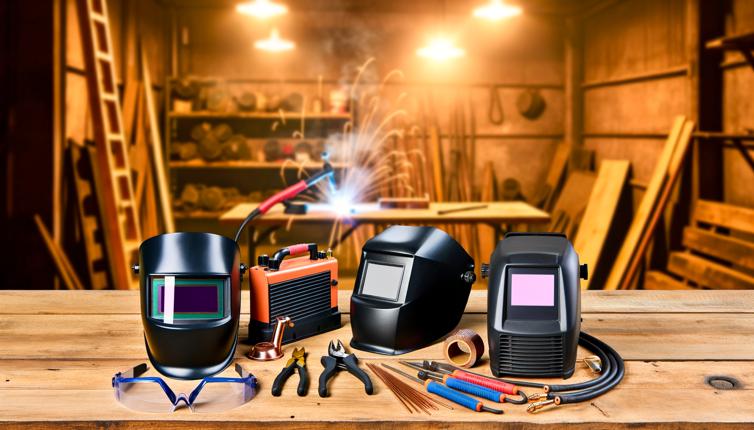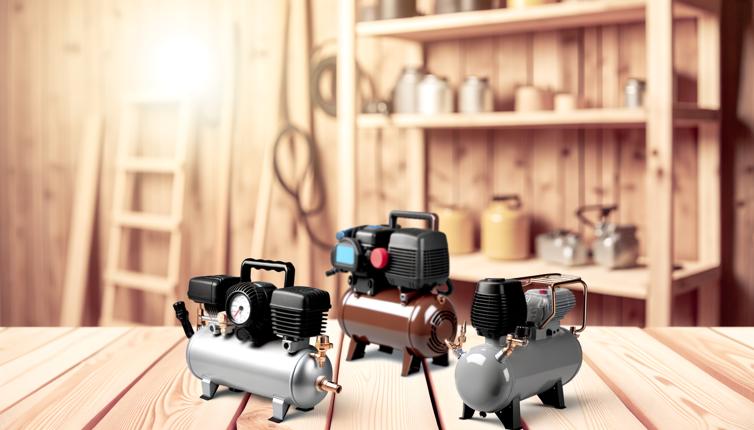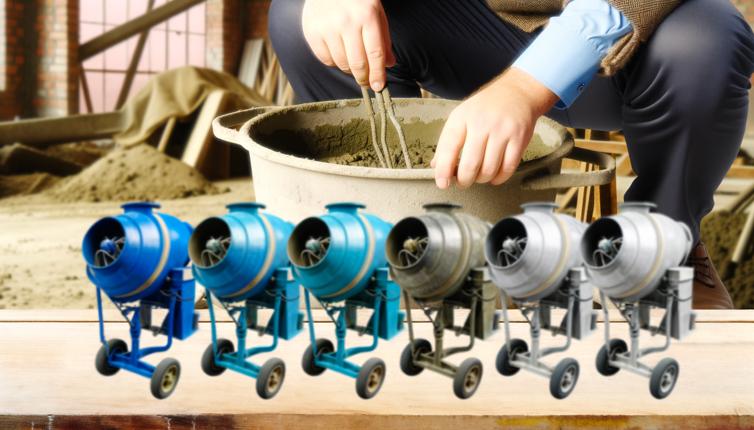Understanding Your Project Requirements
Before you start searching for welding equipment, it's important to have a clear understanding of your project requirements. Consider the type and thickness of the materials you'll be working with, the required welding process (MIG, TIG, Stick, etc.), and the expected welding output. This will help you narrow down your options and choose the most suitable equipment for your project.
Assessing Your Budget
Another crucial factor to consider is your budget. Welding equipment comes in a wide range of prices, and it's important to set a budget that aligns with your project needs. Keep in mind that investing in high-quality equipment might cost more upfront but can save you money in the long run by providing better performance and durability.,It's also worth considering the long-term maintenance and operating costs associated with the chosen equipment. Some welding processes require additional accessories, such as gas cylinders or electrodes, which can add to the overall cost.,Evaluate your budget and prioritize essential features and functions that are crucial for your project. It's recommended to consult with welding professionals or suppliers to get a better understanding of fair pricing for the required equipment.
Researching and Comparing Equipment
Once you have a clear understanding of your project requirements and budget, start researching and comparing different welding equipment options. Look for reputable manufacturers that offer a wide range of products suitable for your project needs.,Consider the following factors during your research:,- Power and performance: Look for equipment that provides sufficient power for your specific welding needs. Consider the duty cycle, amperage range, and available settings to ensure it can handle your project requirements.,- Versatility: Choose equipment that supports multiple welding processes if you anticipate working with different materials or require flexibility in your projects.,- Ease of use: Look for user-friendly features such as intuitive controls, clear displays, and ergonomic designs to ensure comfortable operation and quick setup.,- Durability and warranty: Check customer reviews and product specifications to assess the durability and reliability of the equipment. Look for equipment that comes with a warranty to protect your investment.,- Safety features: Welding can be a hazardous process, so prioritize equipment that includes safety features like overload protection, thermal shutdown, and ergonomic welding accessories.,Make a shortlist of potential options based on your research and create a comparison chart to evaluate key features, prices, and customer reviews. This will help you make an informed decision and select the best welding equipment for your project.
Conclusion
Choosing the right welding equipment is crucial for the success of your project. By understanding your project requirements, assessing your budget, and researching and comparing different options, you can ensure that you select equipment that meets your needs in terms of power, versatility, ease of use, durability, and safety. Remember to consult with professionals or suppliers for expert advice and to always prioritize high-quality equipment for optimal results.








